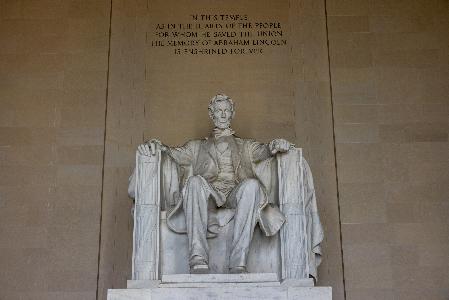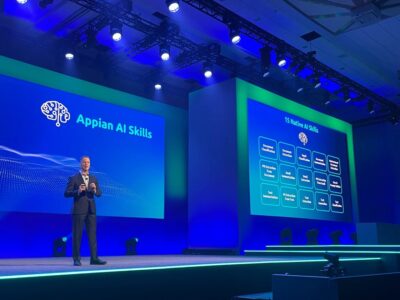Could better lighting improve your grandparents’ health?
According to the International WELL Building Institute (IWBI), installing circadian lighting could help regulate their sleep and prevent nighttime falls.
The idea that your environment shapes your well-being is why IWBI launched their own building certification, the WELL Standard, using the science of interior design and technology to improve human health.
IWBI, an initiative of New York City-based health-centric real estate and technology firm Delos, has a six-person advisory council, half of whom are in the D.C. area, including Delos Executive Director of Research and Innovation Whitney Gray and Enterprise Community Partners Senior Vice President Laurel Blatchford.
Last week, the IWBI team presented more information at an event in Carnegie Library hosted by AgingWell Hub, a research center collaboration between Georgetown University’s McDonough School of Business Global Social Enterprise Initiative (GSEI), MIT’s Age Lab and Philips.
“Technology, we love it, my god,” said Gray, who was the keynote speaker.
Gray received her doctorate in public health from the Johns Hopkins Bloomberg School of Public Health. In addition to her work with Delos, she is also an adjunct professor at the Georgetown School of Nursing & Health Studies.
At the #SpokenHub, Dr. Whitney Gray from @WELLCertified showed how design and architecture are major factors in successful #aging pic.twitter.com/hyKW8SzBbV
— AgingWell Hub (@AgingWellHub) September 28, 2016
During the event, Gray, mentioned IWBI uses a Delos-funded laboratory in Rochester, Minn., to develop the WELL Standard.
“We’re studying things like lighting levels in the lab and how they affect aging,” Gray explained.
According to Gray, the WELL Standard is important because elderly health is particularly vulnerable to environmental factors.
“If you are immune-compromised, if you have an injury, if you have a sensitivity, believe me, it is not easy to return to a building which is a sick building,” she said. “One in four [buildings] are sick buildings in the U.S.”
Although the AgingWell Hub was focused on the health of aging Americans, Gray pointed out that everyone benefits from spaces designed to accommodate the more vulnerable.
“Design for the extremes [of the population] benefit the mean,” is the advice Gray says she gives to developers.
Watch Gray’s talk below.
In the event’s question and answer session, one audience member challenged the affordability of the WELL Standard. This is especially salient for D.C. as some studies estimate as many as 25 percent of D.C.’s elderly live in poverty.
Gray response was that the IWBI’s use of better tech and design intends create smarter, but not more expensive homes.
Another issue Gray brought up during her presentation was that homes are built for durability, but technology changes quickly. Maintaining technology in a built-environment will therefore prove a challenge.
Despite the many challenges of incorporating health-conscious design into building practices, Gray was optimistic when she discussed the goals of the WELL Standard with us after the event.
“Our hope is to build homes that adapt to human needs,” she said.
Join the conversation!
Find news, events, jobs and people who share your interests on Technical.ly's open community Slack

DC daily roundup: Inside UMCP's new ethical AI project; HBCU founder excellence; a big VC shutters MoCo office

DC daily roundup: Esports at Maryland rec center; High schoolers' brain algorithm; Power data centers with coal?

DC daily roundup: Tyto Athene's cross-DMV deal; Spirit owner sells to Accenture; meet 2GI's new cohort

